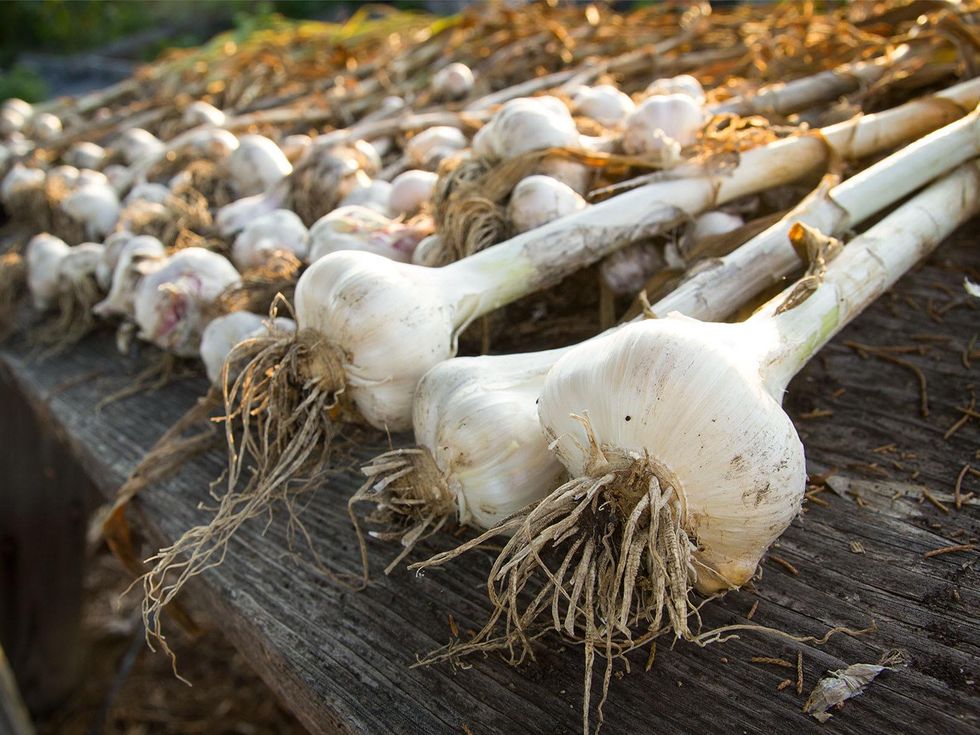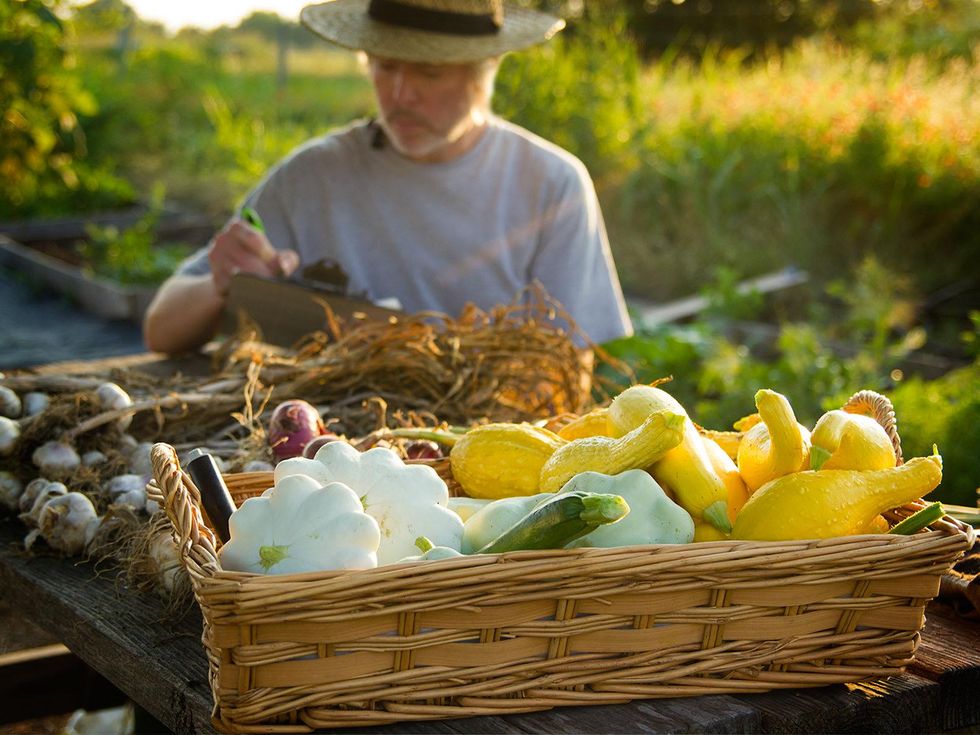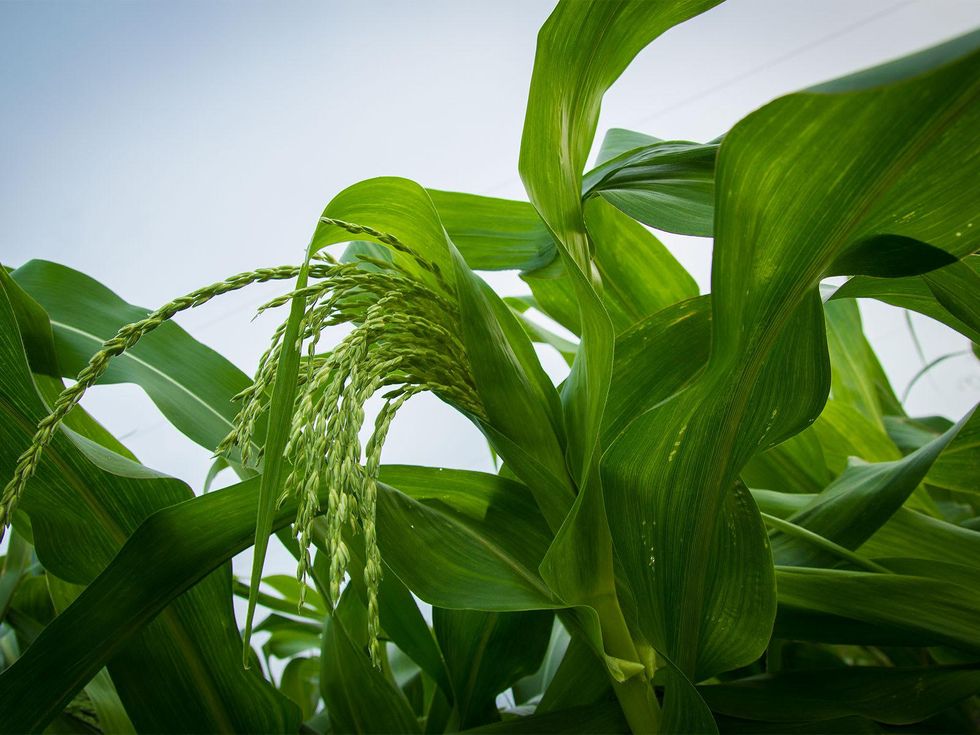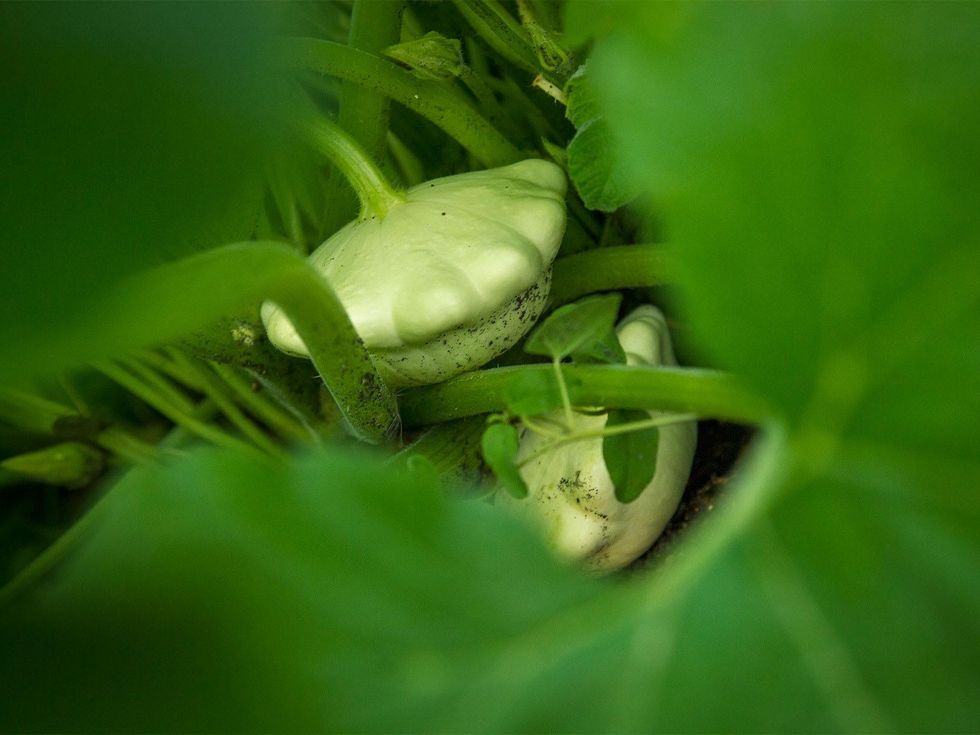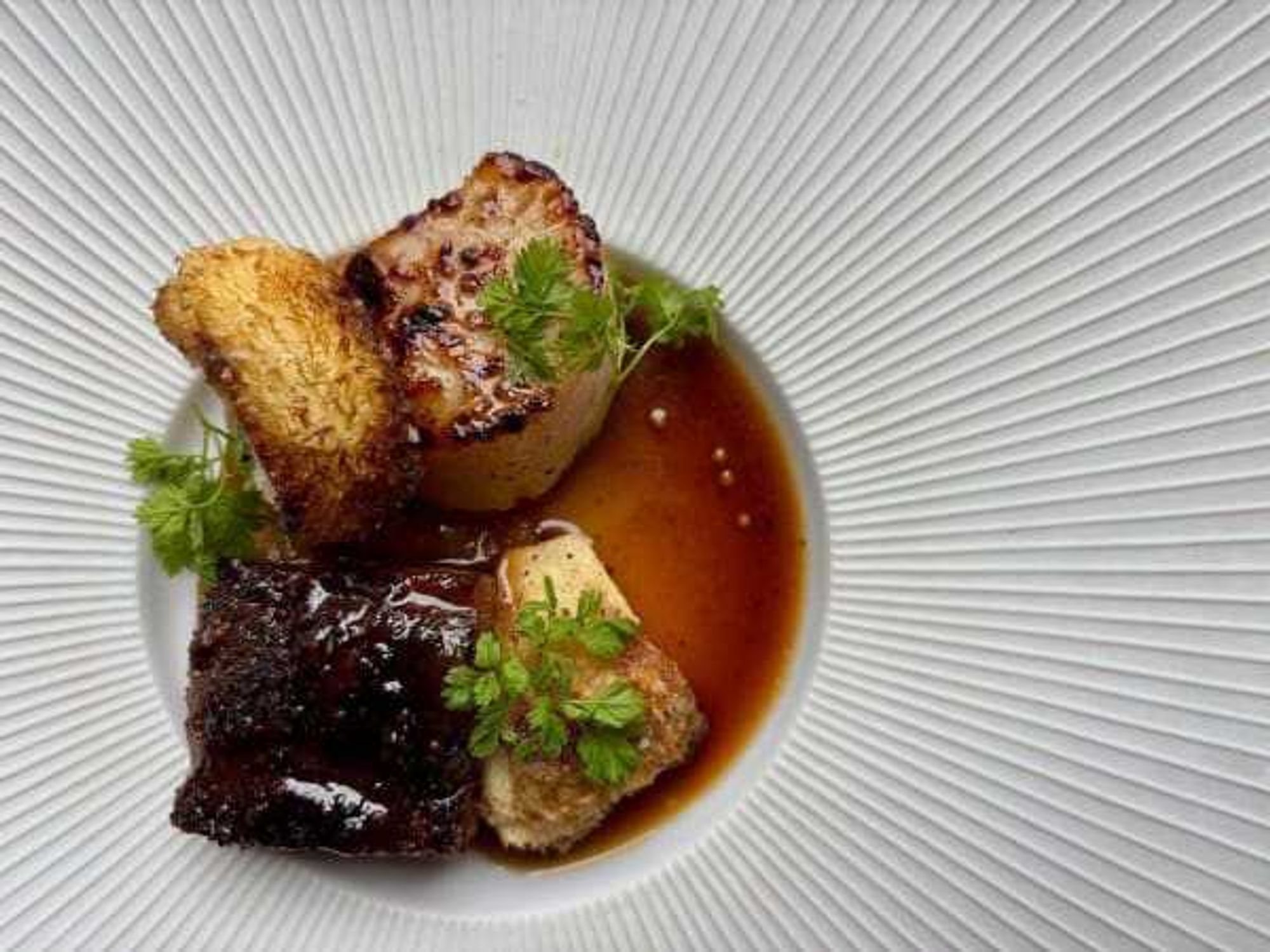The Farmer Diaries
Texas farmer calculates one of the best reasons of all to have a garden
As June arrives, so does my harvest. Tassels stream forth like green rays from the top of corn stalks. I peer under the leaves of my squash plants and find fat, pale green scallop squash, hanging off the vine. If I scratch the surface, I find buried treasure in the soil: potatoes, garlic, onions. I'm encountering truck loads of produce ready to be picked, washed and eaten.
This is my sixth consecutive year of farming and the 14th in my life, and I'm still surprised by how much food can be produced — and at so little expense. Among the many benefits of farming — self-sufficiency, sustainability, bypassing big agriculture, tastier food, an accord with nature — one that can't be forgotten is how much money can be saved.
The National Gardening Association estimates that every $1 you put into a garden reaps about $8 worth of fruits and vegetables.
The National Gardening Association estimates that every $1 you put into a garden reaps about $8 worth of fruits and vegetables. A 2009 study found that the average-size garden costs the gardener about $70 and yields $1 of produce per square foot.
"A well-maintained food garden can yield an estimated half-pound of produce per square foot of garden area over the course of the growing season," says NGA research director Bruce Butterfield. "At in-season market prices, this produce is worth $2 per pound. The average 600-square-foot food garden can produce an estimated 300 pounds of fresh produce, worth $600 and a return of $530 based on an average investment of $70."
I've seen that in my own garden. I keep a running tab of my expenses each season and compare them to the value of my harvest.
Six weeks ago, I planted a variety of squash seed for less than $7. In their first week of maturity, I harvested eight pounds. In the second week, I harvested 12 pounds. A week later, another 14 pounds. If I were to buy this much squash at $1 a pound, the value of my squash harvest so far is $34. And that's mid-June. I expect a continued weekly harvest for at least the next month, maybe two.
By the end of the season, I feel confident that I will have picked at least $180 in squash.
I have high hopes for my Israeli melon crop. I spent $15 on seed. At the very worst, with a poor season, I expect at least $1,000 worth of melons. And if the rains continue as they have, I could harvest up to $2,000. Of course, seed is not the sole expense. I also spent $80 on soil amendments. That brings the total investment to $100, with a potential $1,900 profit.
My prospects on corn are similarly rosy: Two rows of corn that cost $6.25 worth of seed looks like it will yield at least a $100 crop.
Not every crop promises such a dramatic payback. I spent $12 on garlic bulbs, and the garlic I harvested in the second week of June would cost about $30 at the grocery store. I've only doubled my money.
Likewise on my potato crop. The seed potatoes I planted last February cost about $60, and I expect the potatoes I harvest at the end of the month to be worth $200. Texas isn't a potato-producing state, and I am not skilled with the crop, so my yield is moderate.
But regardless of the exact ratio of my return, I've never lost money on a crop unless it simply failed, either because the season was harsh or because I was unfamiliar with how to grow it. Such losses may lower what I expect to reap, but I have more than enough successes to keep this venture in the green.
